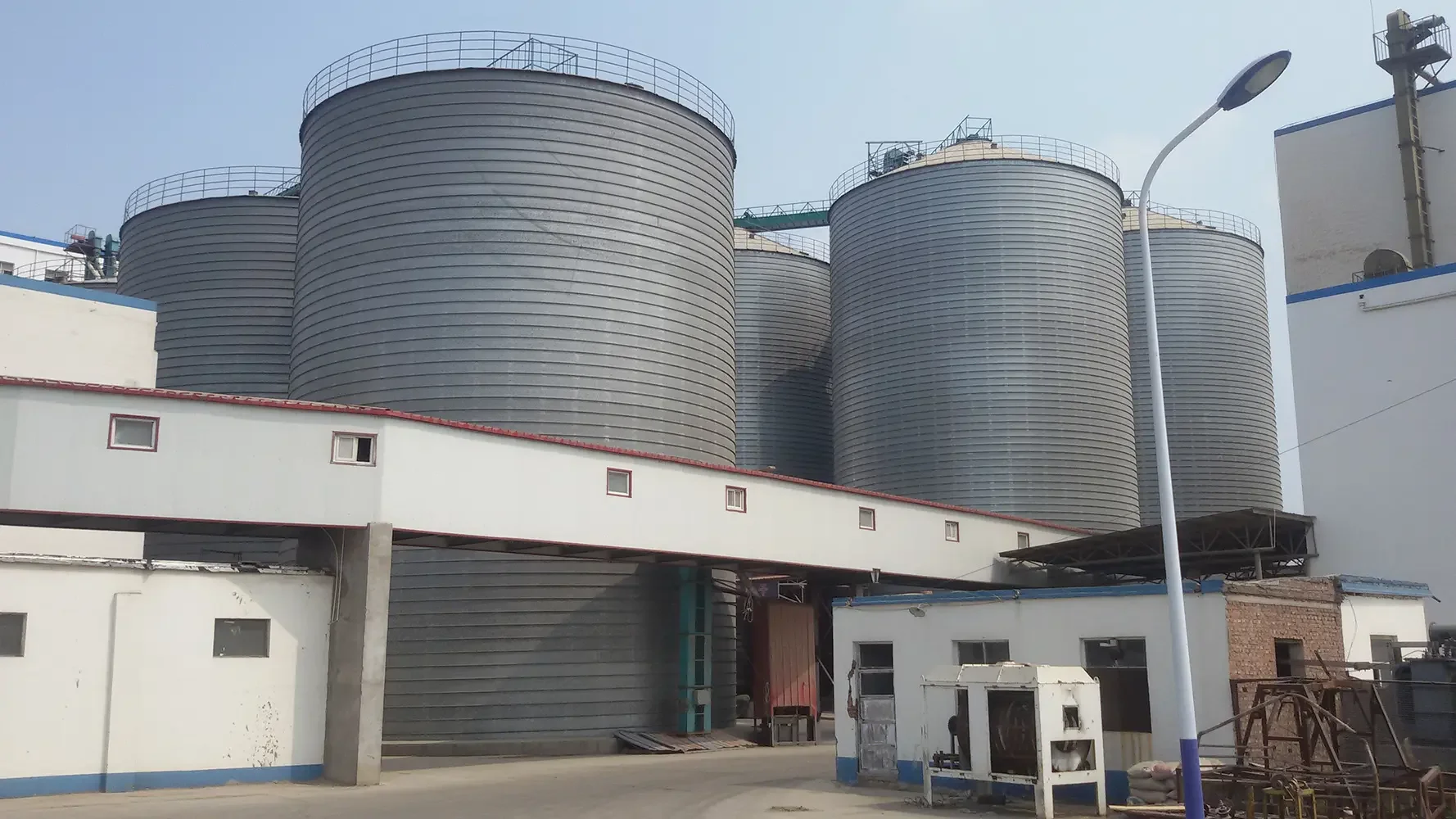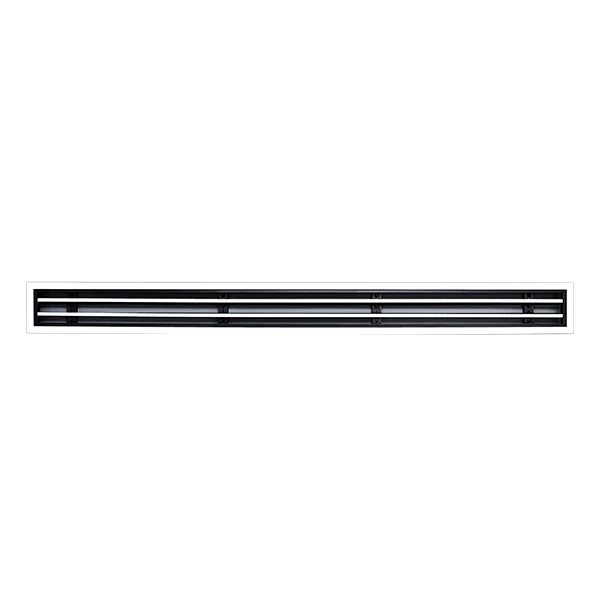In the realm of materials science, the quest for effective heat insulation has led to the exploration of various plastics that exhibit superior thermal resistance. As industries increasingly seek lightweight, durable, and efficient materials, understanding which plastics serve as the best heat insulators becomes paramount. This article delves into the properties, applications, and comparative advantages of various insulating plastics, providing a detailed resource for engineers, designers, and manufacturers.
Understanding Thermal Insulation in Plastics
Thermal insulation is the ability of a material to resist the transfer of heat. This property is quantified by thermal conductivity (k-value), where lower values indicate better insulating properties. Plastics, due to their unique molecular structures, can offer excellent thermal insulation while being lightweight and versatile. However, not all plastics are created equal; their insulating capabilities can vary significantly based on composition, density, and processing methods.
Key Plastics for Thermal Insulation
- Polyurethane Foam (PU Foam)
- Thermal Conductivity: Typically ranges from 0.020 to 0.030 W/m·K.
- Applications: Widely used in building insulation, refrigeration, and automotive applications.
- Advantages: PU foam is renowned for its excellent thermal insulation properties, lightweight nature, and ability to fill irregular spaces, making it ideal for energy-efficient construction.
- Polystyrene (PS)
- Thermal Conductivity: Expanded polystyrene (EPS) has a k-value of about 0.035 W/m·K, while extruded polystyrene (XPS) can be as low as 0.029 W/m·K.
- Applications: Commonly used in packaging, insulation boards, and thermal barriers.
- Advantages: Both EPS and XPS provide good thermal insulation, are moisture-resistant, and are cost-effective, making them popular choices in construction and packaging.
- Polyethylene (PE)
- Thermal Conductivity: Generally around 0.035 W/m·K.
- Applications: Used in insulation for pipes, electrical cables, and as a protective layer in various applications.
- Advantages: PE is flexible, resistant to moisture, and has good thermal insulation properties, making it suitable for a wide range of applications.
- Polyvinyl Chloride (PVC)
- Thermal Conductivity: Approximately 0.14 W/m·K.
- Applications: Utilized in construction, electrical insulation, and plumbing.
- Advantages: While not the best insulator compared to others, PVC is durable, fire-resistant, and can be used in a variety of environments.
- Phenolic Foam
- Thermal Conductivity: Ranges from 0.020 to 0.025 W/m·K.
- Applications: Often used in high-temperature applications, such as in aerospace and industrial insulation.
- Advantages: Phenolic foam offers excellent fire resistance and low thermal conductivity, making it suitable for demanding environments.
Comparative Analysis of Insulating Plastics
When selecting the best heat insulator for a specific application, several factors must be considered beyond thermal conductivity:
- Mechanical Properties: The strength and flexibility of the plastic can influence its suitability for certain applications. For instance, PU foam is excellent for applications requiring compression resistance.
- Moisture Resistance: Some plastics, like XPS and PE, offer superior moisture resistance, which is crucial in environments prone to humidity.
- Cost-Effectiveness: While materials like phenolic foam provide excellent insulation, their cost may be prohibitive for some applications. Balancing performance with budget constraints is essential.
- Environmental Impact: With increasing emphasis on sustainability, the recyclability and environmental footprint of the chosen plastic should also be considered.
Conclusion: Choosing the Right Plastic for Heat Insulation
In conclusion, the best heat insulator among plastics depends on the specific requirements of the application. Polyurethane foam and phenolic foam stand out for their exceptional thermal resistance, while polystyrene offers a balance of performance and cost-effectiveness. Ultimately, engineers and designers must evaluate the thermal properties alongside mechanical strength, moisture resistance, and environmental considerations to make an informed choice.


More Stories
Multi Linear Slot Diffuser Solutions for Contemporary HVAC Design
The Versatility of Fiberglass Woven Cloth in Industrial Applications
Water Based Car Spray Booth Solutions for Automotive Paint Systems